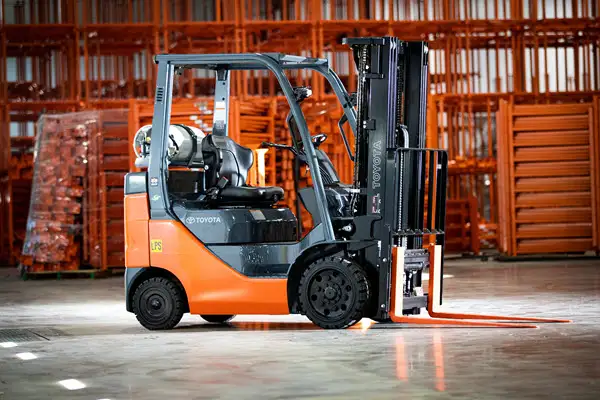Reach trucks and reach truck forklifts are powerful machines designed to handle a variety of warehouse tasks with ease and efficiency. They are essential in material handling, offering greater efficiency and lower total cost.
7500 Universal Stance Reach Truck
This truck model is engineered for optimal balance, agility, and performance, suitable for narrow aisles and demanding applications.
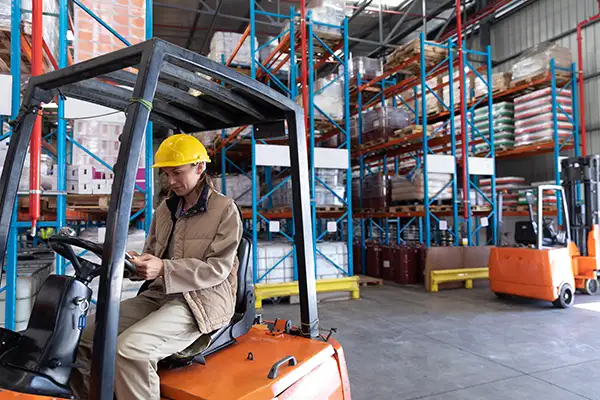
Types of Reach Trucks
Delve into the different types of reach trucks available, each offering a full set of unique features and benefits, catering to specific warehouse needs.
Transform into an Efficiency Machine
Integrating reach trucks into your warehouse operations can transform your workspace into a highly efficient and productive machine.
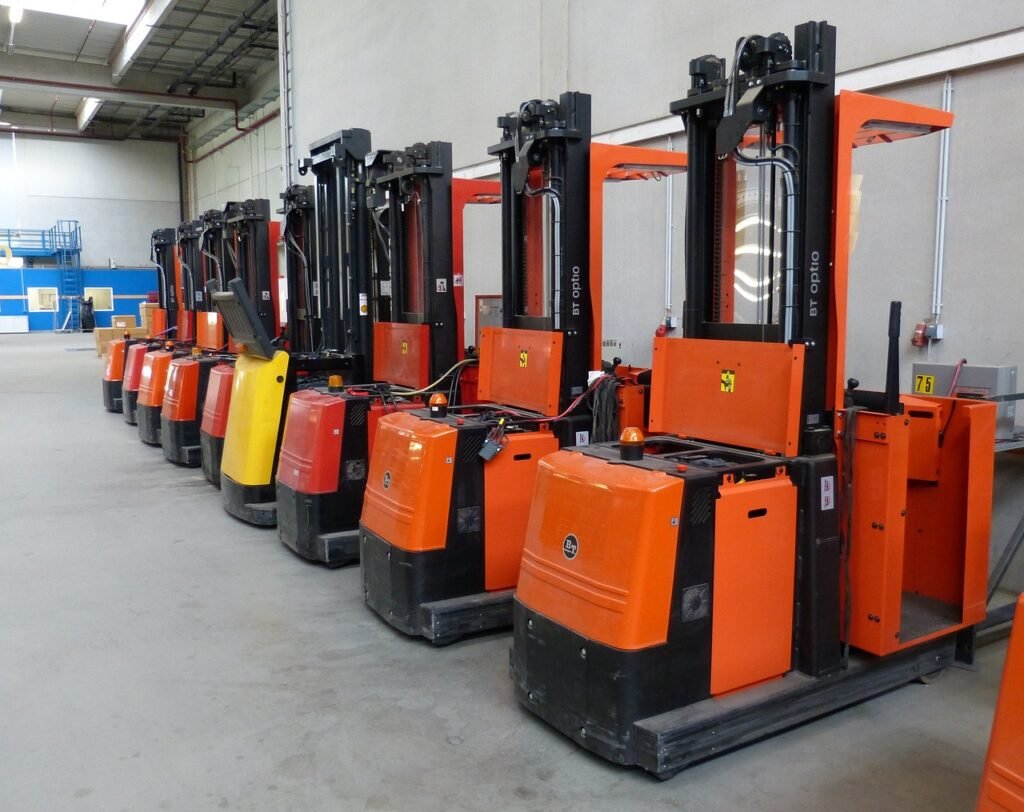
7500 Dockstance Reach Forklift
Designed for precision and performance, this reach forklift is ideal for handling goods in dock areas, offering better visibility and operator comfort.
Reach Trucks for Many Applications
From distribution centers to manufacturing plants, reach trucks excel in various applications, not just warehousing.
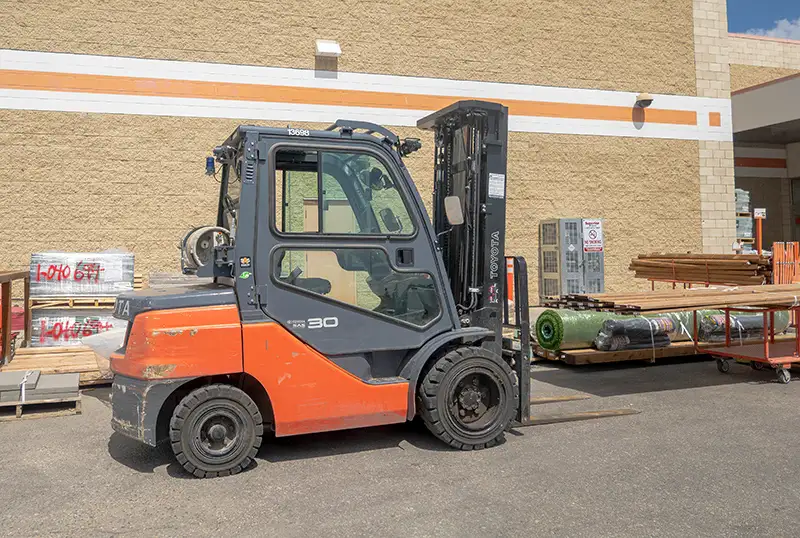
Moving Mast Reach Trucks
These trucks offer increased flexibility and maneuverability in tight spaces, essential for narrow aisle applications.
Complete Fleet Visibility and Control
Integrating reach trucks into your fleet management and control system offers complete visibility and control, enhancing productivity and efficiency.

7000 Series Deep-Reach Forklift Truck
A powerhouse in deep-reach applications, this model is known for its storage density and industry-leading lift heights.
7200 Reach-Fork Truck
A reliable choice for a variety of lifting tasks, ensuring safety, productivity, and durability.

Integrated Technologies For Improved Performance
Discover how integrated technologies in reach trucks, liketelematics built-in systems, lead to improved performance and operational efficiency.
7530 High Capacity Reach Truck
Known for its ability to handle heavy loads with ease, this model is robust and reliable, perfect for more pallets and high capacities.

Lifting Capacity
Understand the factors that influence the lifting capacity of reach forklift trucks, and how to choose the right lift truck for your needs.
Interested in a Raymond Reach Truck? Let’s Talk!
Find out why Raymond Reach Trucks are a popular choice for scalable fleet management and greater efficiency.

Complete Warehouse Solutions For Greater Efficiency
Learn how reach trucks are a crucial component of complete warehouse solutions, driving greater efficiency and productivity.
A Unique View On Operator Instruction
Explore our unique approach to operator instruction for reach trucks, ensuring safe and efficient truck operation.
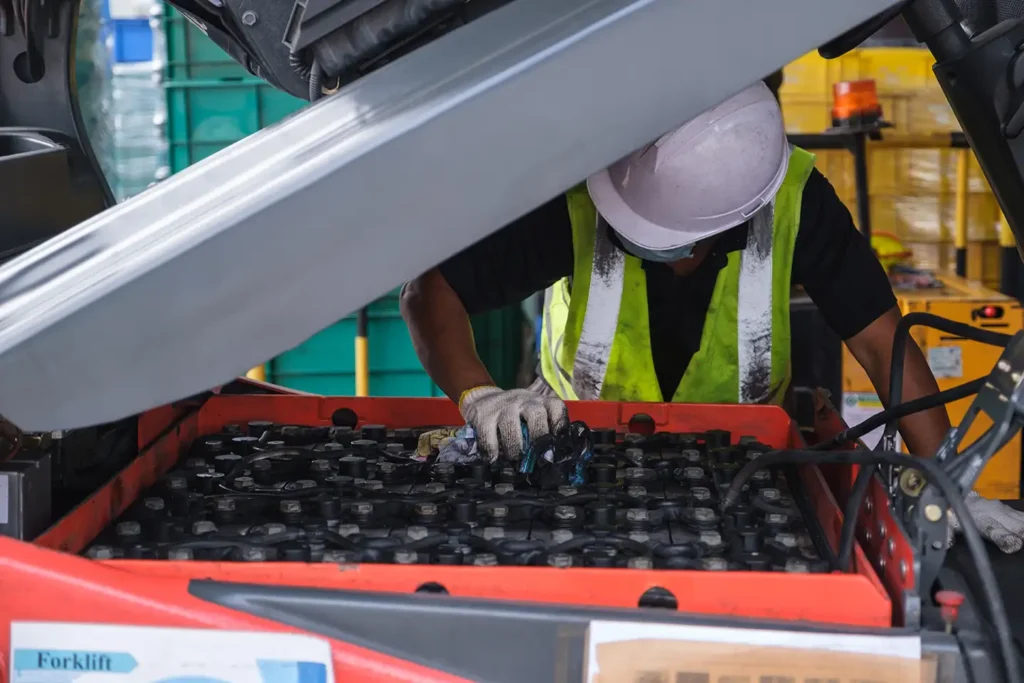
A Smarter Warehouse Operation
Adopt smarter transport strategies for your warehouse operations with the help of advanced reach truck technology.
Reach Truck Operation in 9 Steps
Get a step-by-step guide to operating reach trucks effectively and safely.

Lifting Height
Discover the importance of lift height in reach trucks and how it impacts your warehouse operations.
Reach Trucks vs. Other Types of Forklifts
Compare reach trucks with other types of forklifts to understand their unique advantages and use cases.
Reach Trucks vs. Cherry Pickers
Understand the differences between reach trucks and cherry pickers and learn which is more suited for your specific needs.
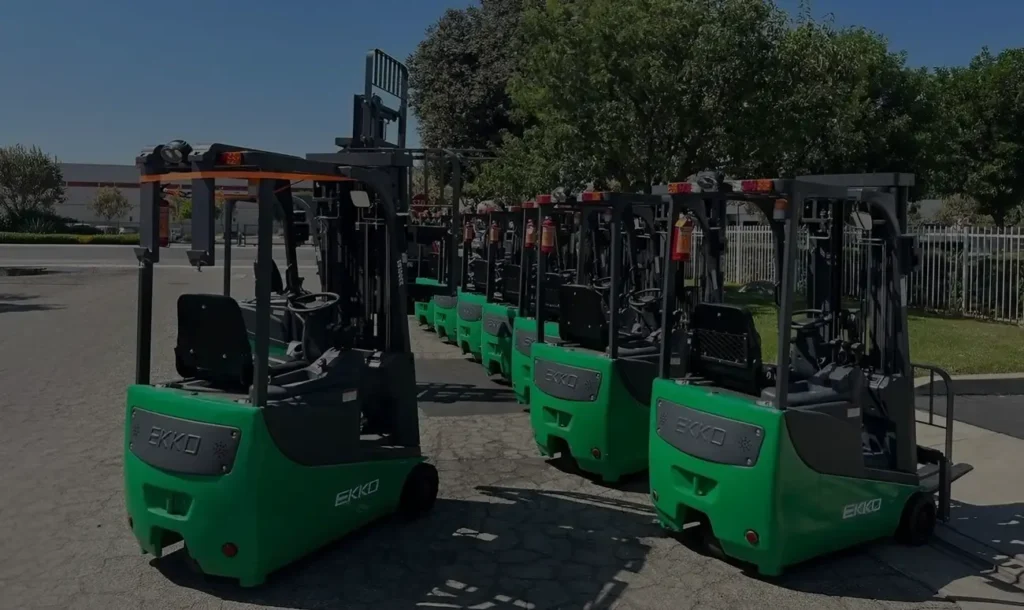
FAQ
What is the difference between a forklift and a reach truck?
The primary difference between a forklift and a reach truck lies in their design and intended use within material handling environments.
Forklifts are general-purpose machines, versatile and commonly used for a wide range of lifting tasks, from loading and unloading goods to transporting them over short distances.
They are designed to operate in relatively open areas.
In contrast, reach trucks are specialized for operation in narrow aisles and are particularly adept at accessing high shelves in warehouse settings.
Their unique feature is the ability to ‘reach’ out with their forks to pick or place loads in locations that are not directly in front of the truck.
This makes reach trucks ideal for warehouses where space utilization and vertical storage capacity are critical.
Their specialized design, however, means they are not as versatile across different environments as traditional forklifts.
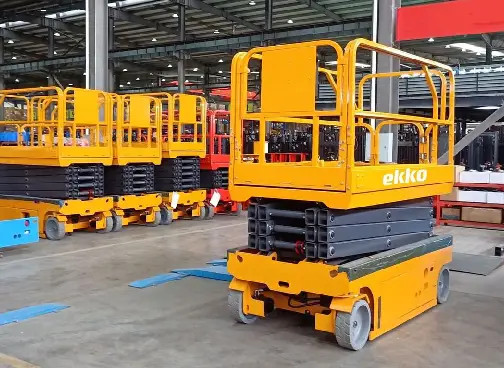
What is a reach truck used for?
A reach truck is primarily utilized in warehouse settings for the specific tasks of stacking pallets and retrieving goods from high shelves.
Its design is tailor-made for navigating the narrow aisles typically found in warehouses, where space optimization is key.
The unique feature of a reach truck is its ability to extend its forks horizontally, allowing operators to place or retrieve pallets that are positioned deeper in the racking systems.
This capability not only maximizes storage space but also enhances operational efficiency.
Reach trucks are particularly valuable in large storage facilities and distribution centers where vertical space is used to its fullest potential, allowing for a higher density of goods storage within a limited area.
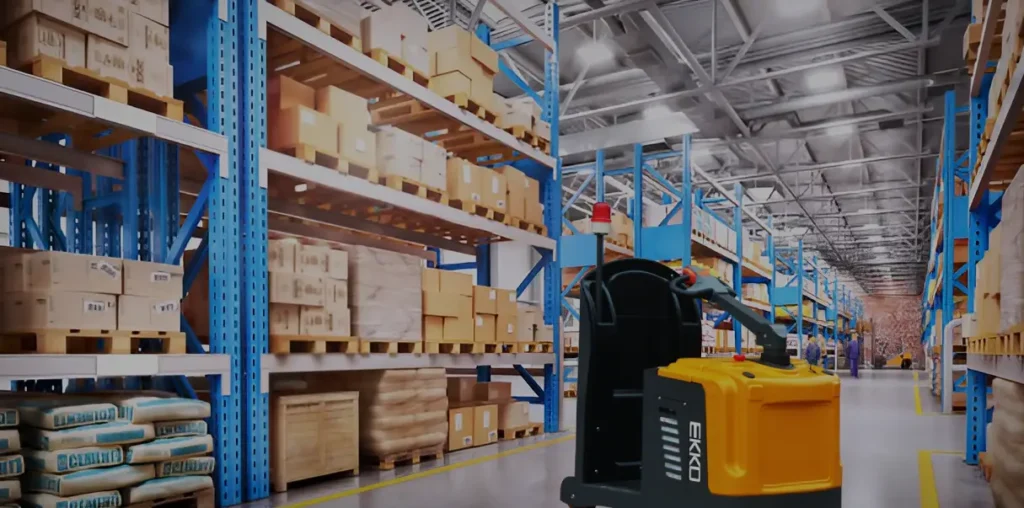
What is a reach truck called?
A reach truck, also commonly referred to as a reach forklift or a narrow-aisle forklift, is a specialized piece of material handling equipment.
Designed primarily for warehouse operations, its main function is to work in narrow aisles, maximizing storage space.
The unique design of a reach truck allows it to extend its forks beyond the compartment that the load wheels and houses the operator, “reaching” out to load or retrieve pallets.
This capability is particularly beneficial in tightly packed warehouse environments where space utilization is crucial.
The term “narrow-aisle forklift” emphasizes its ability to maneuver in aisles that are too narrow for traditional forklifts, making it an indispensable tool in modern warehousing and storage facilities.

What are the disadvantages of a reach truck?
One of the primary disadvantages of reach trucks is their relative instability compared to traditional forklifts, especially when lifting heavy loads at full speed from high heights or operating on uneven surfaces.
This is due to their narrow wheelbase and the design that emphasizes vertical lifting and reach capabilities.
As a result, they are less suited for outdoor use or in environments where ground conditions are less than ideal.
Additionally, the operation of reach trucks requires a certain level of skill and training.
The complexity of their controls and the precision needed in narrow-aisle environments mean that operators must be adequately trained for safe and effective handling.
This requirement for specialized training can be seen as a limitation, especially in scenarios where workforce flexibility is necessary.
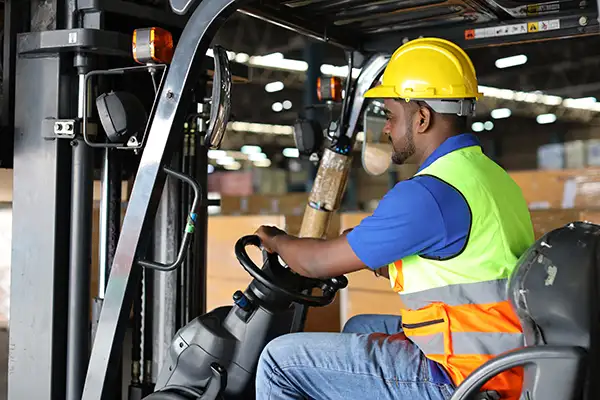
Is a telehandler a reach truck?
A telehandler, although similar in some functions, is distinct from a reach truck in both design and functionality.
Telehandlers are versatile lifting machines, often used in construction and agriculture, characterized by a telescopic boom that can extend forwards and upwards from the vehicle.
They are designed to handle a variety of tasks such as lifting heavy loads to significant heights and can be equipped with different attachments like buckets, pallet forks, or winches.
On the other hand, a reach truck is specifically designed for warehouse operations, featuring a mast that extends to reach high shelves in narrow aisles.
While both can perform lifting tasks, the telehandler offers more versatility across different terrains and industries, whereas the reach truck is specialized for indoor warehouse environments with a focus on space efficiency and high shelf stacking.
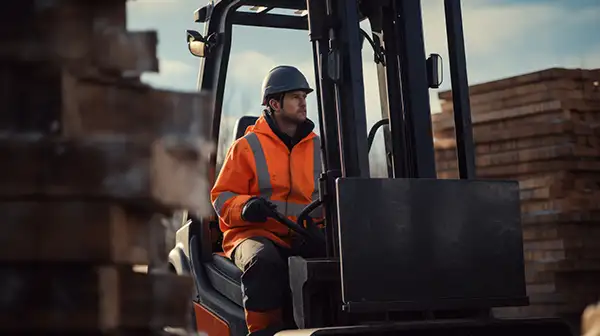
Is a reach truck the same as a cherry picker?
A reach truck and a cherry picker serve distinctly different purposes, despite both being used for vertical lifting tasks.
A reach truck is specifically designed for material handling, primarily used in warehouse settings for lifting and moving pallets, especially in narrow aisles.
Its primary function is to stack and retrieve goods from various heights on shelving units.
In contrast, a cherry picker is a type of aerial work platform used to to lift trucks or people to higher elevations.
Commonly used in maintenance, construction, and utility works, cherry pickers provide a safe platform for workers to perform tasks at heights, such as tree trimming or electrical line repairs.
Thus, while a reach truck is focused on handling goods, a cherry picker is tailored for elevating personnel to perform tasks at elevated levels.
How high can a reach truck go?
The lifting height of reach trucks varies significantly among different truck models though, with some capable of reaching heights of 30 feet or more.
This impressive vertical reach is a key feature that makes these trucks particularly valuable in warehouse environments where space optimization is crucial.
By being able to access high shelves, reach trucks enable warehouses to maximize their vertical storage space, storing more goods in the same floor footprint.
The exact lifting height depends on the model and design of the reach truck, with new heights for each being tailored to meet specific operational requirements.
Such capabilities are essential in modern warehousing, distribution centers, and other storage facilities where the efficient use of vertical space is just as important as the floor space.
